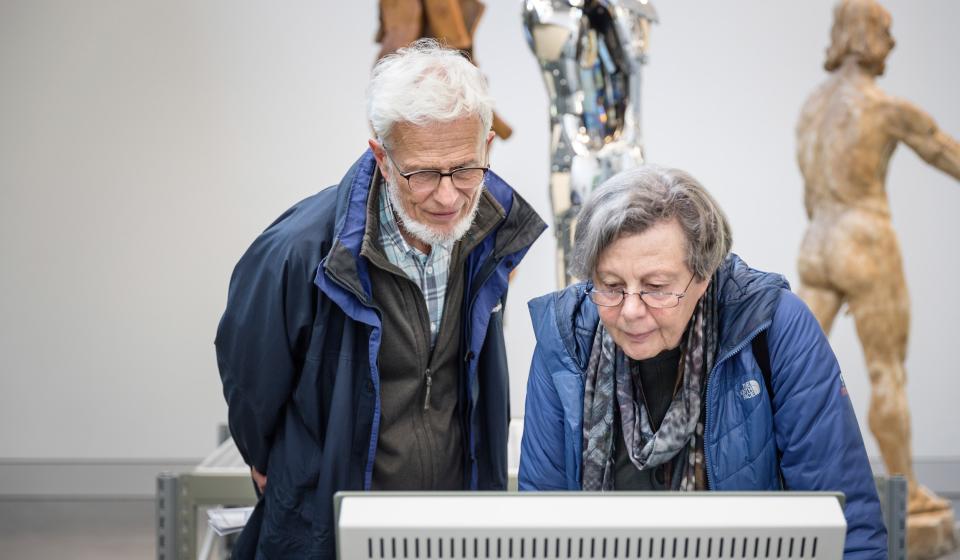Innocence can be a hell
You see three rotary clothes-dryers with dozens of old-fashioned blankets hanging from them. You may feel like enveloping yourself cosily in one of them, but beware: they are as much like barbed wire as they are a comfort. The words sewn onto them count as a warning. De Bruyckere considers these blankets to be extremely ambiguous. They protect us, offering warmth and consolation, and are a symbol of homeliness, but they can also suffocate us and remind us of disasters and wars, of refugees and the homeless who derive their only warmth from their blanket. Innocence and violence in a single image.
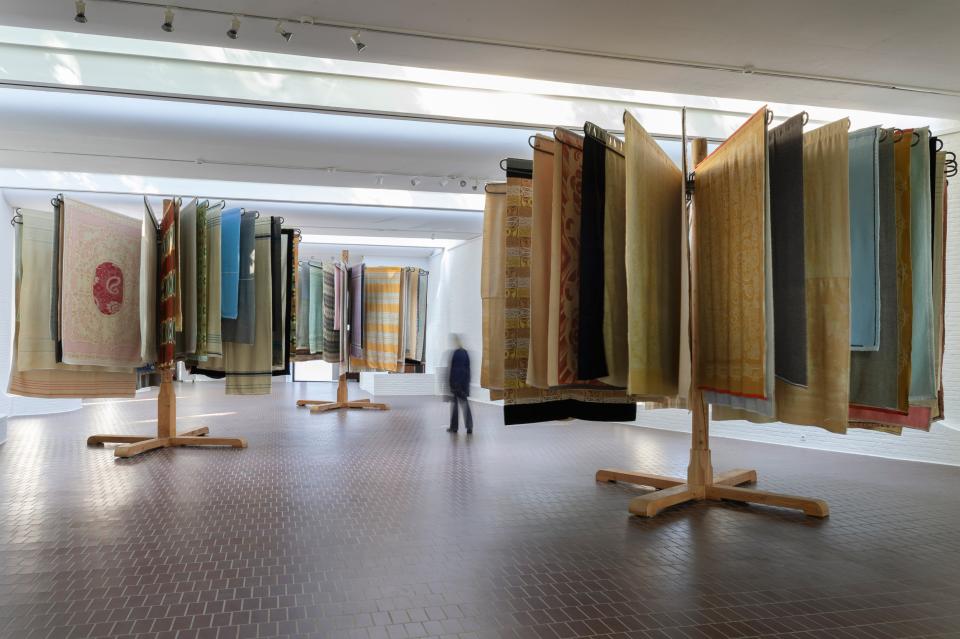
Mirjam Devriendt
Berlinde De Bruyckere, Onschuld kan een hel zijn, 1995/2020 © studio Berlinde De Bruyckere – photo: Mirjam Devriendt
The blanket motif
This work dates from 1995, but remains relevant today: the blanket is still a powerful motif in this artist’s oeuvre, and its relevance to society is still at least as substantial. In 1995 the context was provided by the Rwanda genocide and the Balkan war, while today there seem only to be more wars, disasters and homeless people in the world. And then there is the Corona situation, with which we are all confronted and in which taking care of each other is both so important and so challenging.
The connection with the archive portfolio
De Bruyckere created this work for her 1995 exhibition at the Middelheim; the archive map contains the preparatory sketches. In addition, visitors at the time were able to buy the blankets as an art edition, which is how two blankets found their way into the exhibition’s archive portfolio. The artwork is now being presented in a slightly modified form.
Onschuld kan een hel zijn, 1995/2020
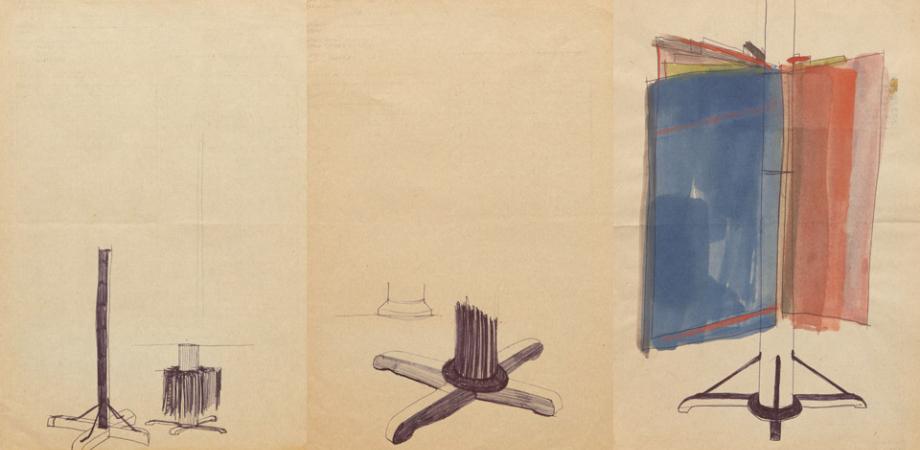
Some images from the setup
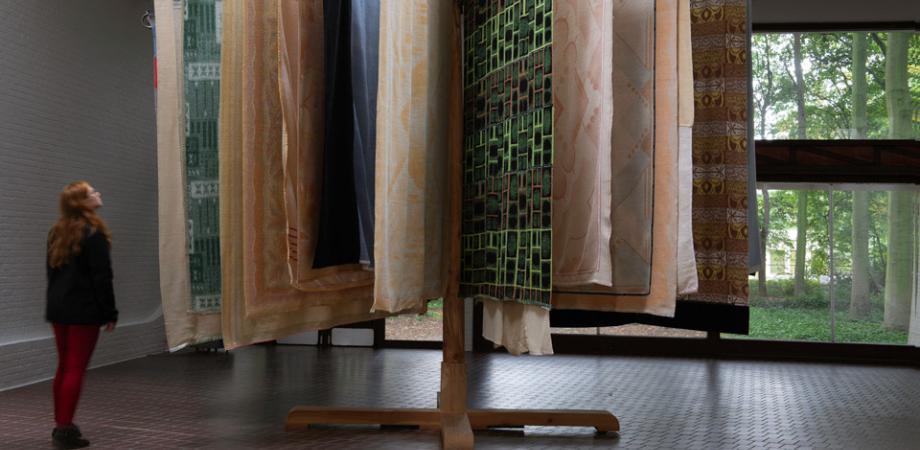 Mirjam Devriendt
Mirjam Devriendt
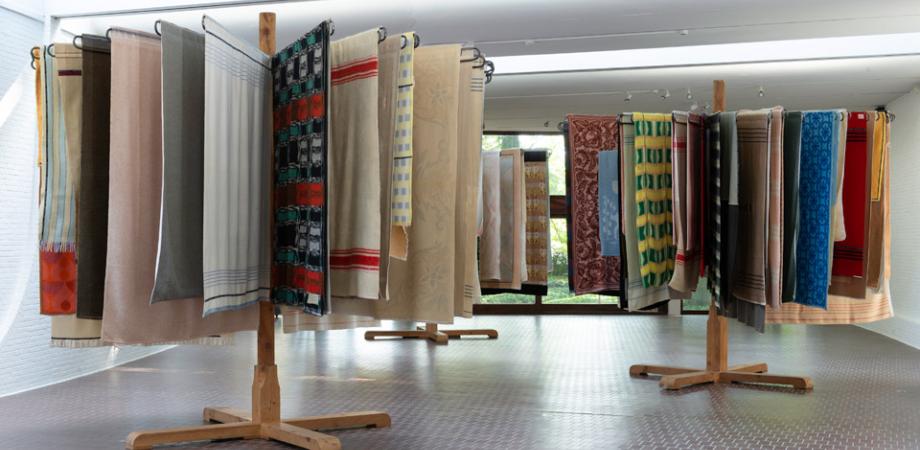 Mirjam Devriendt
Mirjam Devriendt
 Mirjam Devriendt
Mirjam Devriendt
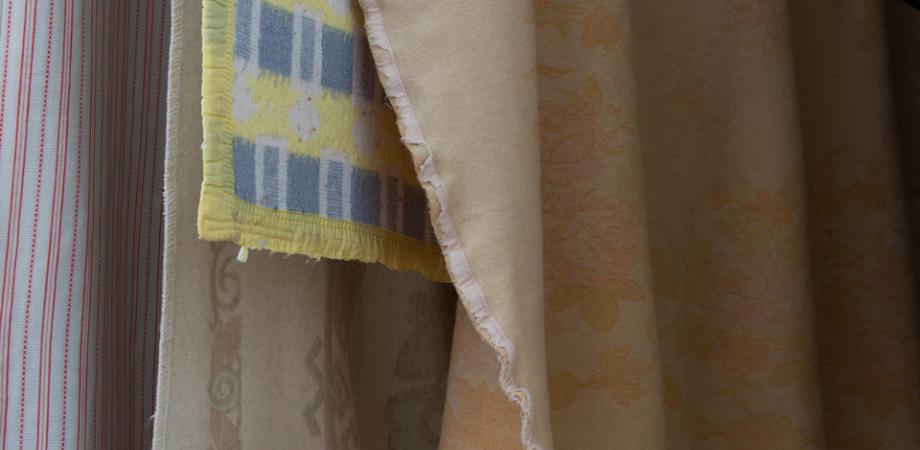 Mirjam Devriendt
Mirjam Devriendt
 Mirjam Devriendt
Mirjam Devriendt
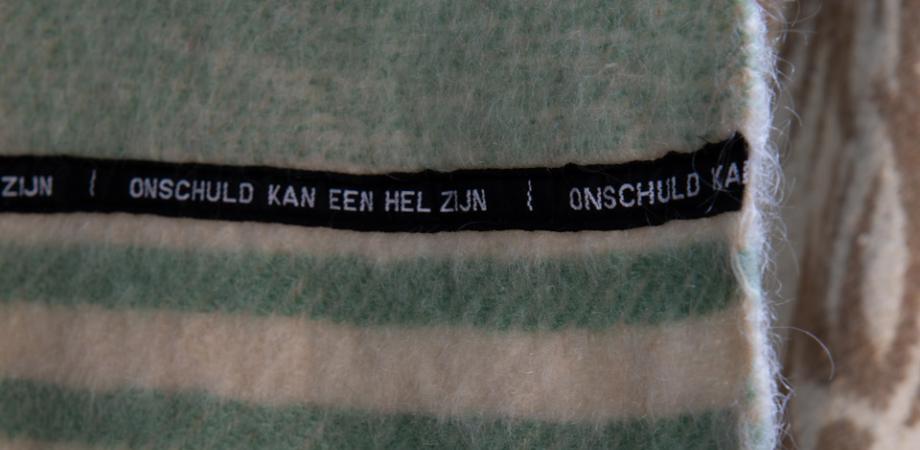 Mirjam Devriendt
Mirjam Devriendt



